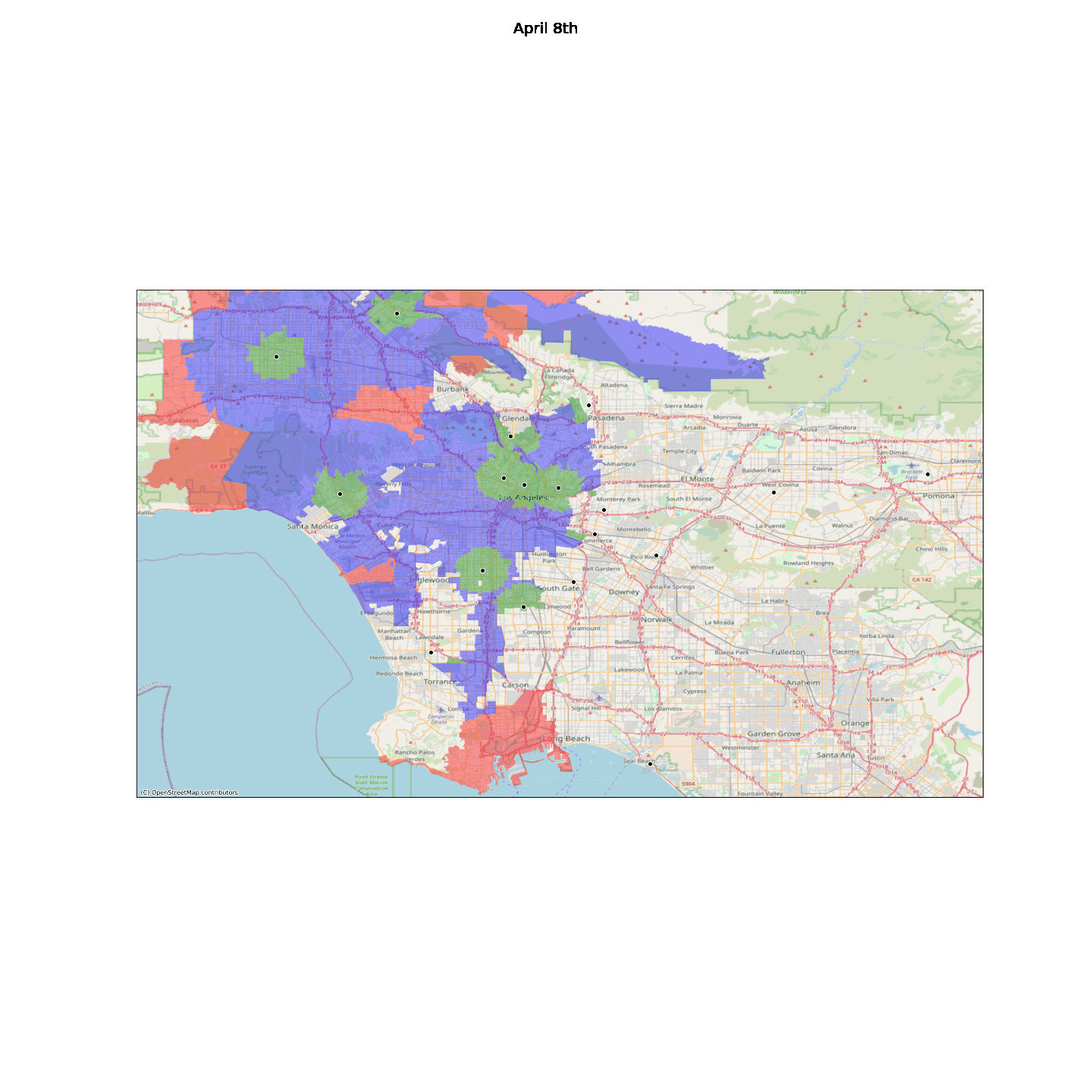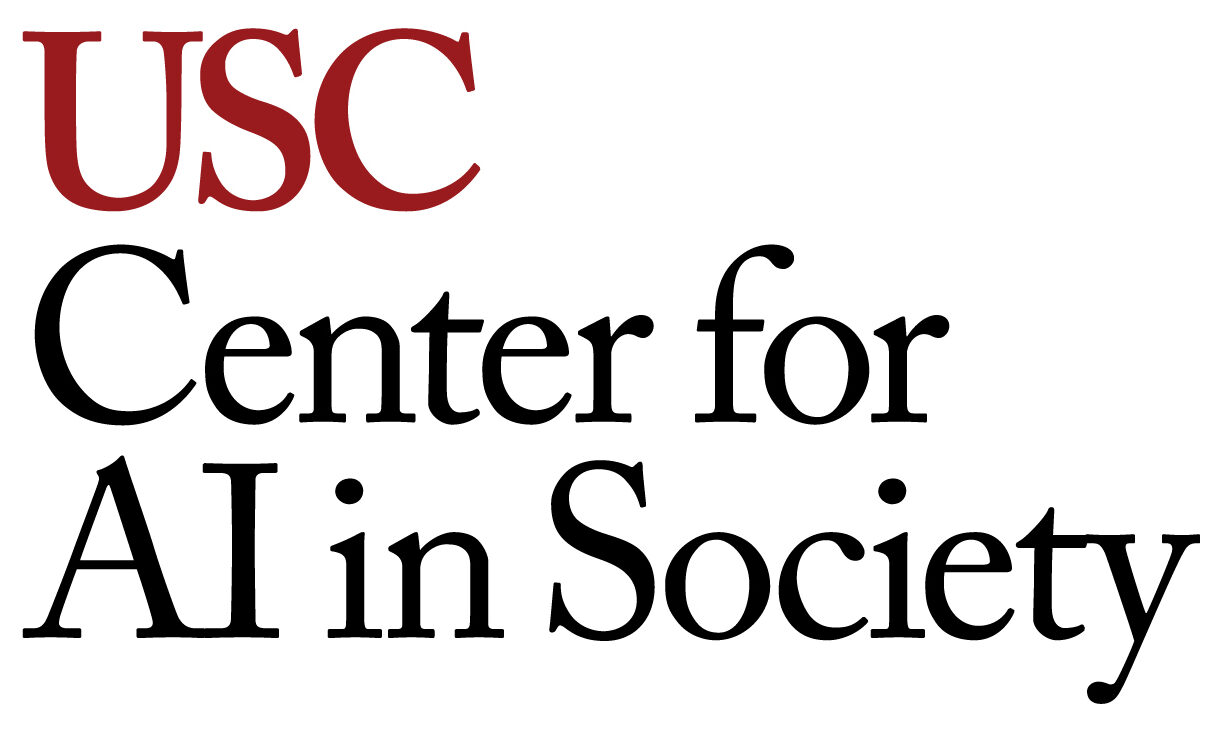Maximizing Access for Vulnerable Populations for COVID-19 Testing and Vaccine Distribution Locations
Testing is one of the most important public health approaches in fighting the COVID-19 pandemic, allowing public health officials to identify who has contracted the virus and connect them to treatment. Moreover, testing is the first step in contact tracing to determine who else in the community has been exposed and should be tested. Ensuring that testing sites are geographically close and accessible to people is a major priority to ensure more testing. Different segments of the population face varying threats from COVID-19; we are particularly concerned about vulnerable and disadvantaged populations. Older adults with underlying health issues are at high risk of life-threatening complications from COVID-19; and persons experiencing homelessness suffer from high rates of chronic health conditions, thus increasing their risk of COVID-19 morbidity and mortality. Some segments of the population can use a car to access further away testing sites, while others rely on walking or public transit and hence are more limited in which testing sites they can reach.
Once a COVID-19 vaccine(s) has been approved, this same approach can be used for determining equitable access to vaccine distribution locations.
Goals
This pandemic highlighted issues in healthcare faced by communities (e.g., persons experiencing homelessness, persons living in poverty). In impoverished areas, there is a disproportionate impact in COVID-19 cases and deaths. As of July 7, there were 92 testing sites in Los Angeles County but not all places in LA have equal access to testing. In fact, researchers at UCLA in urban planning found that location of the testing centers is a large barrier to entry, in that many households are far from a testing center. To make matters worse, in LA many of the people who cannot access drive-up testing sites are facing higher coronavirus risks. This project will work to improve access to testing sites.
Thus, we have six specific aims for this project:
- Identify current COVID-19 testing site prioritization strategy.
- Assess the gaps in where testing sites are currently located and how they compare to the priorities.
- Refine an AI algorithm based on the policymaker priorities and current gaps to strategically identify where new testing sites should be placed.
- Pilot the algorithm in assisting policymakers with where to set up new testing site locations.
- Assess the impact of the algorithm and its testing site recommendations.
- Understand the barriers and facilitators in adopting the algorithm and its approach.
Methods
Currently, the City of LA is using maps of known hotspots (including areas with higher proportions of Black and Latinx communities), present collaborations, and space feasibility to manually determine where new testing sites should occur. We propose using an algorithm to systematically identify where there is a lack of access to testing sites, especially for those who are most vulnerable. This algorithm will allow us to uncover any potential unintended disparities and allows for policymakers’ priorities to be updated. As more is learned about the spread of the virus, neighborhoods or subpopulations that are more at risk, etc. we can plug that information into the algorithm. This also permits policymakers to adapt their priorities based on new knowledge and the evolution of the pandemic.
One potential method for evaluation is to compare the testing rates and testing distribution between the current approach and after the algorithm is implemented. Ideally, the algorithmic data-driven approach will lead to greater and more equal testing. This comparison can be achieved using administrative data. We want to know what barriers and facilitators policymakers experience with implementation, reassess testing prioritization and processes, and review the data to understand how well the new method (i.e., with the algorithm) aligns with the city’s priorities while minimizing disparities.

Preliminary Work
In our preliminary work, we found that 42% of Angelenos lived further than 3 km of a testing site (walking time of about 35 mins), as of July 7. Moreover, the coverage was worse among those at 65 years old with 50% further than 3 km away from a testing site. We used our AI-based testing site location optimization algorithm to choose the same number of COVID-19 testing sites as of July 7 among a pool of potential locations in LA county, and we found that our proposed allocation could increase testing site access within 3 km for older adults from 50% to 70%, those without cars from 70% to 90%, and the total proportion of Angelenos within 3 km of a site from 58% to about 80%. Our goal is to use this methodology to help make future testing site allocation decisions more effective, carefully taking into account distributions of vulnerable populations as well as travel modes and constraints.
Bistra Dilkina
Aaron Ferber
Amrita Gupta
Chi San Chen
Taha Demirkan
Contact us about being a sponsor/funder for this project.
Contact


